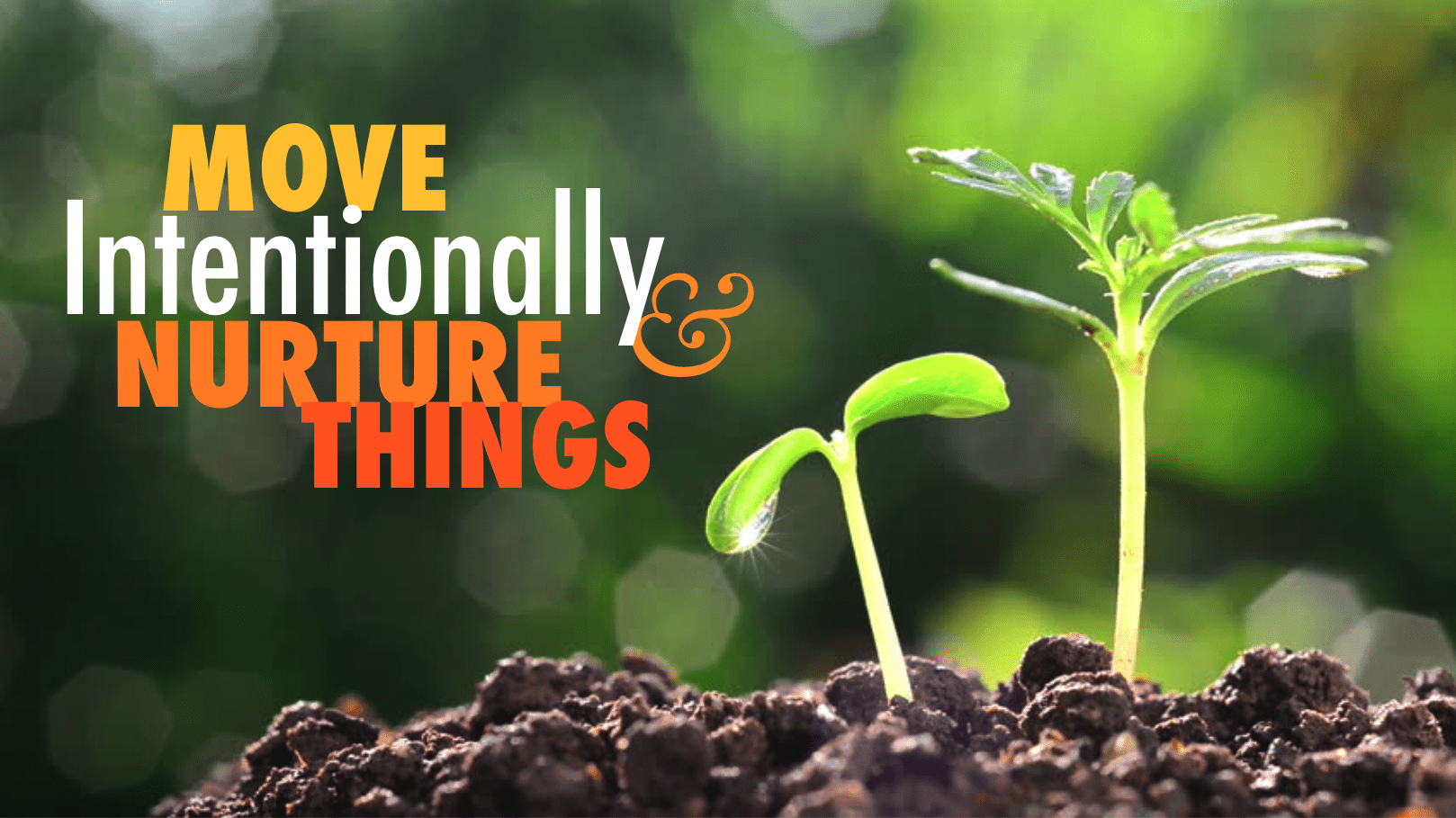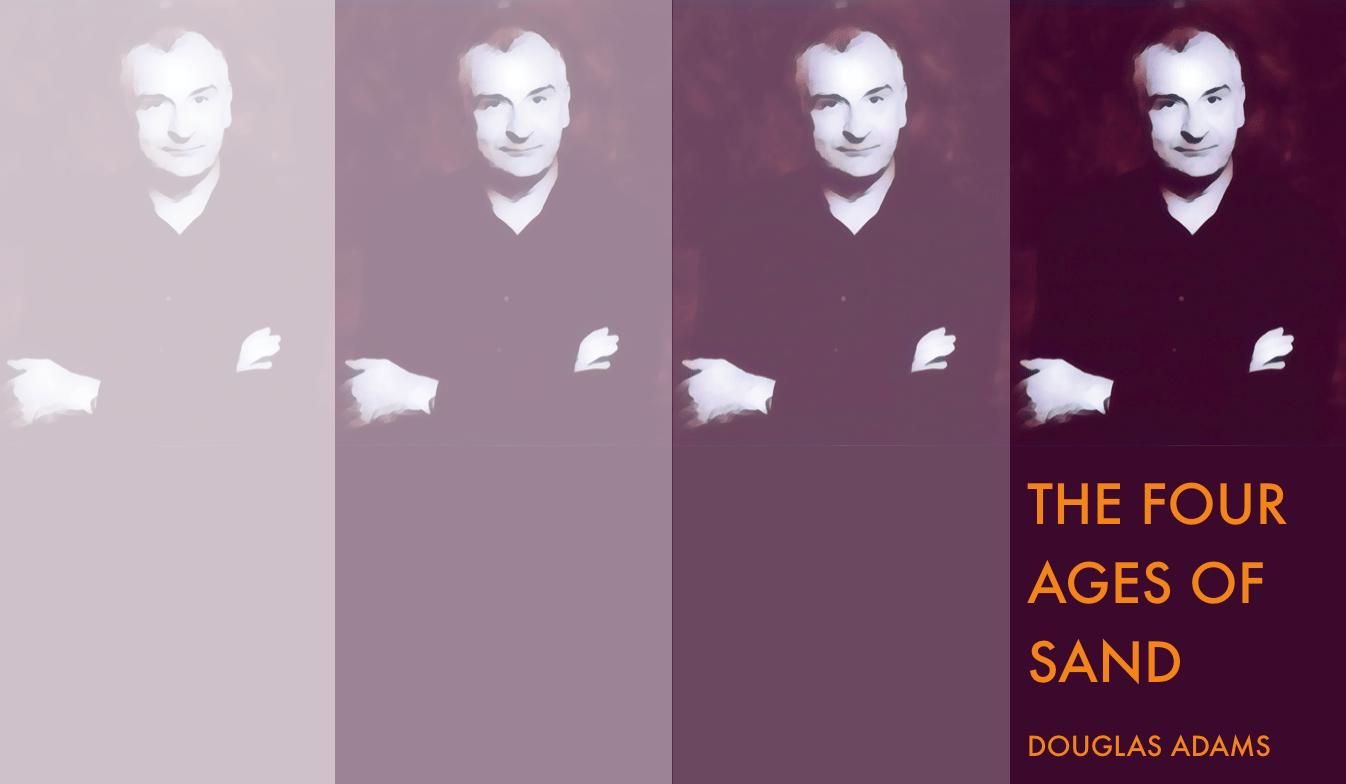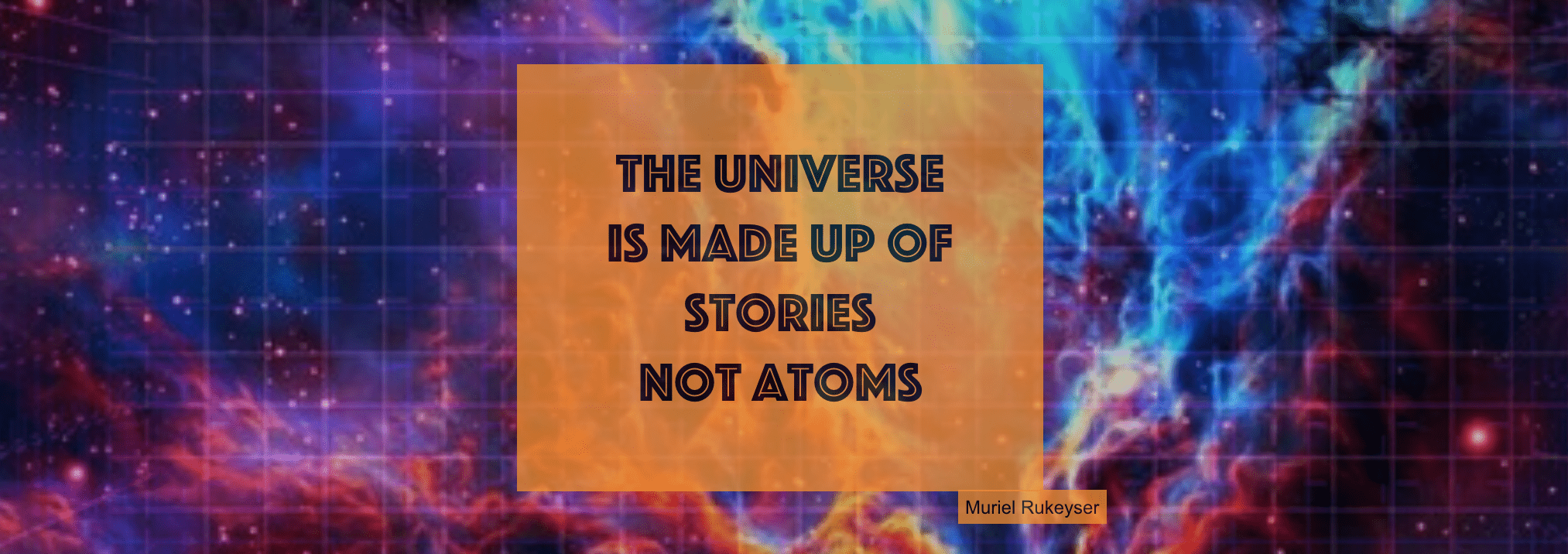Dr. Paula Thomson and Dr. Vicki Jaque are professors at California State University, Northridge, where they co-direct the exercise and psychophysiology laboratory. They each have their own individual research interests but together they work on researching connections across the mind, the body, and creative experience. It helps that Paula has a background in dance and choreography (having worked with several Canadian opera, dance and theater companies) and Vicki has a background in dance and figure skating. This allows them to approach creativity research from a somewhat unique trans-disciplinary perspective.
They have primarily studied what they call “interpreters” of creativity—such as dancers, musicians, and athletes that perform work that has been initiated by other “generators.” They argue that creativity is not solely located within the origin or originator of an idea or composition, but also in the interpretation of it. As Thompson suggest, a fundamental aspect of their research is in better understanding this act of interpretation. As she says
You may be interpreting somebody’s concept, but it won’t come alive unless the performer endows it with their creative capacities. And the whole process of putting on a production, all of the problem solving, all of the adaptations, they’re all inherently creative processes.
Along the same vein, in one of their articles, they argue that:
[Interpreters] took what had been brought into being by generators, and fit it to a new use, adjusting and modifying it along the way, and in so doing, connected ideas and concepts that may not necessarily have originally been conceived to fit together.
We spoke with both of them recently for our ongoing series for Tech Trends. Our conversation with the two of them spanned a wide range of topics, from individual creativity and flow, to research methods and the importance of school art programs. Some of these topics have been discussed previously in our series but, unique to this interview were a series of distinctive ideas related to the physical embodiment of creativity, pathologies related to creative cultures, and the healing capacities of creativity. You can learn more about their work by reading the article liked to below.
Warr, M., Henriksen, D., Mishra, P. & the Deep-Play Research Group. (2019). Creativity and Expressive Arts, Performance, Physicality and Wellness: A Conversation with Dr. Paula Thomson and Dr. Victoria Jaque. Tech Trends. https://doi.org/10.1007/s11528-019-00372-8
Also, you can find a list of all the articles in the series here, and if you are interested in just the interviews, go here.
Header image: Photographs and design ©punyamishra. Photographs: Found graffiti, Mill Avenue, and Mary Lou Fulton Teachers College, Tempe AZ.






0 Comments